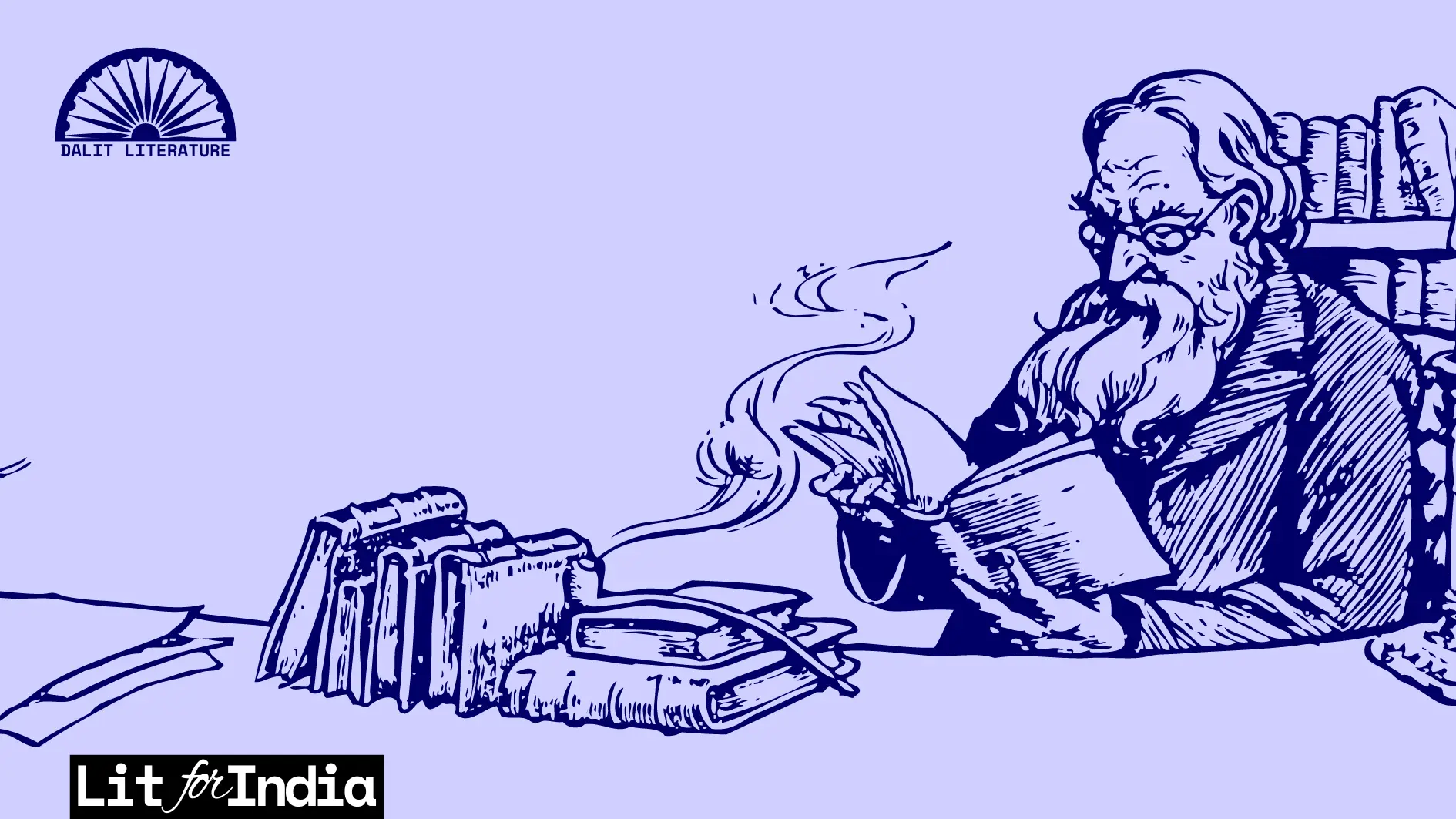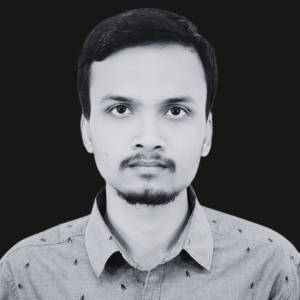Dalit literature has emerged as a powerful voice in the Indian literary landscape, challenging traditional forms and narratives. One of the most prominent genres in Dalit writing is poetry, which has served as a vehicle for conveying the collective distress and struggles of the Dalit community. Dalit autobiographies are acts of resistance, asserting the identities of those who have been silenced for centuries. Dalit literature has also ventured into fictional representations through short stories, novels, and drama. Let’s discuss all the genres in Dalit literature one by one.

Table of Contents
Poetry
Many contributors to Dalit literature are poets, and in the early phase, poetry became the dominant form. Dalit poetry has served as a vehicle to convey the collective distress and struggles of the Dalit community. E. V. Ramakrishnan, an eminent Indian poet and critic, observes that the collective voice of Dalit communities is found in almost any Dalit poem written in any Indian language.
Ramakrishnan notes that Dalit poetry manifests a “dramatic encounter between the collective voice of a community and the members of the same community or those who oppress them“. However, the lyrical form is not favoured by Dalit poets because “the language of revolution is always instant and spontaneous“.
Namdeo Dhasal and Golpitha
Namdeo Dhasal, a Maharashtrian and one of the finest Dalit poets, used the language of the slum to depict caste violence in his first collection of poems, Golpitha, published in 1972. Dilip Chitre, a distinguished Marathi poet, praised Dhasal’s work, stating that “Golpitha is a landmark in the history of not only Marathi but the whole of South Asian literature“. Chitre further remarked that Dhasal “restored [Marathi poetry’s] soil cycle by feeding it the very excrement and garbage that could fertilize it for the future“.
Changes in Dalit Poetry
Dalit poetry has undergone changes over the years, with new themes, styles, and languages making a distinguished place for itself in the Indian literary field. Examples of new Dalit poetry include Basudev Sunani’s Cast Out (Odia, 2008), N. D. Rajkumar’s Give Us This Day a Feast of Flesh (Tamil, 2010), and Meena Kandasamy’s Miss Militancy (English, 2012).
Autobiography as an Important Genre in Dalit Literature
After poetry, autobiography is the most commonly used genre in Dalit literature. Dalit autobiographies are acts of resistance, asserting the identities of those who have been silenced for centuries. Well-known Dalit autobiographies include Hazari’s Untouchable: An Autobiography of an Indian Outcaste (English, 1951), Kumud Pawde’s Antasphot (Marathi, 1981), Sharankumar Limbale’s Akkarmashi (Marathi, 1984), Bama’s Karukku (Tamil, 1992), Balwant Singh’s An Untouchable in the IAS (English, 1997), Omprakash Valmiki’s Joothan (Hindi, 1997), Baby Kamble’s Jina amucha (Marathi, 1986; translated as The Prison We Broke in 2008), and Urmila Pawar’s Ayadana (Marathi, 2003; translated as The Weave of My Life in 2008).
Dalit autobiographies differ from non-Dalit ones in their lack of a sense of fulfilment, as the “untouchable” self continues to loom large even in the face of individual achievements. The search for freedom from caste is still ongoing, as evident from the sub-titles of Dalit autobiographies that refer to “untouchable” life.

Fiction
Dalit literature has also ventured into fictional representations through short stories, novels, and drama. Examples include Joseph Macwan’s Angaliyat (Gujarati: 1986, Stepchild: 2004), G. Kalyan Rao’s Antarani vasantam (Telugu: 2000, The Untouchable Spring: 2010), P. Sivakami’s Pazhaiyana kazhithatum (Tamil: 1989, The Grip of Change: 2006), Sharankumar Limbale’s Hindu (Marathi: 2010, Hindu: A Novel: 2010), Akhila Naik’s Bheda (Odia; 2010, Bheda: 2017), and Meena Kandasamy’s The Gypsy Goddess (English, 2014). Ajay Navaria’s Unclaimed Terrain (translated 2013), Gogu Shyamala’s Father may be an Elephant and Mother only a Small Basket, but… (2012), and Premanand Gajvee’s The Strength of Our Wrists (2013) are examples of short story anthologies and drama.
Dalit fictional narratives are characterized by a unique social realism that sets them apart from upper-caste fiction. Even if imaginary in nature, Dalit texts present a new kind of social realism that makes them unique.
Conclusion
The emergence of Dalit literature across various genres has challenged the dominant literary traditions and asserted the fact that literary texts are received within institutional frameworks. Dalit writers have made themselves heard by speaking against the oppressive limitations of prevailing traditions. As Dalit literature continues to evolve, it remains a powerful force in the fight against caste oppression and the assertion of human freedom.

